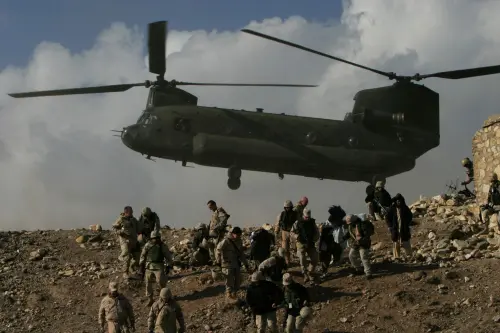Information on displacement in the current Middle East crisis has been scattered and not always reliable. The principal sources have been: reports from local and international NGOs, the UN and humanitarian and human rights organizations, official government statements, press articles and some personal correspondence. There are potential problems with each of these sources. Producing accurate estimates of the number of people killed, wounded or displaced by the conflict; or those returning after the ceasefire, is difficult. Even less is known about their characteristics— gender, age, socio-economic status— or their current circumstances.
I should like to do three things. For Israel first and Lebanon second, I shall provide an overview of displacement as a result of the current crisis. In each case I shall provide the most recently available estimates and trends, some insights into the dynamics of displacement, and outline some of the challenges ahead in responding to displacement. Then I would like to draw out three more systematic issues that arise that have a wider applicability than the current Middle East context alone.
Displacement in and from Israel
Displacement in and from Israel received relatively little attention during the course of the conflict, even though it took place on a substantial role.1 There seem to be three main reasons. One is that international aid agencies were not present in northern Israel, the burden of relief instead falling mainly on the government, local charitable organizations and the diaspora. Second, it has been suggested that the government of Israel has been keen to downplay the extent of displacement there, in order to maintain a strong external national identity. Third, and as was highlighted by a Human Rights Watch press release on the Human Rights council on August 11, there appears to be a degree of bias on the part of certain international bodies and in certain parts of the media to underestimate the culpability of Hezbollah in the current conflict and its impact on Israel’s civilians.
This is the current situations as best we have been able to ascertain it: Life in northern Israel during the course of the conflict came to a virtual standstill. At least 43 civilians were killed, and more than one thousand injured. More than 300,000 northern Israelis were displaced to other regions. Up to one million more was either living in bomb shelters, hiding at home, or alternating between the two. Just one example: an estimated two-thirds of the city of Nahariya, with a population of 56,000 prior to the conflict, fled…
Displacement in and from Lebanon
Before describing the current displacement from Lebanon, it is important to understand the wider context. First, Lebanon is a poor country that was in the midst of rebuilding. GDP per capita is USD 6,200 and the country is heavily reliant on food aid. Second, recent displacement overlays previous displacemetn. Most of those displaced by the civil war that ended in 1990 are still displaced today. The result is that some of the people displaced by the recent conflict have already been displaced before, sometimes several times.
As is the case in Israel, numbers are not necessarily accurate, mainly because no one knows what proportion of those who have been displaced are currently residing with family and friends. Although sources vary, it is generally agreed that somewhere between three quarters of a million and one million people have been displaced in Lebanon; up to 50 percent of them are children. This total represents about one in five people in Lebanon, and puts it into the top ten countries world wide in terms of numbers of internally displaced persons (IDPs). According to the UN Interim Force in Lebanon (UNIFIL) only 18 percent of the population remained in southern Lebanon by the time of the ceasefire. It is further estimated that over 1,000 people have been killed and 3,500 injured.
The Brookings Institution is committed to quality, independence, and impact.
We are supported by a diverse array of funders. In line with our values and policies, each Brookings publication represents the sole views of its author(s).



Commentary
Displacement in the Current Middle East Crisis: Trends, Dynamics and Prospects
August 15, 2006